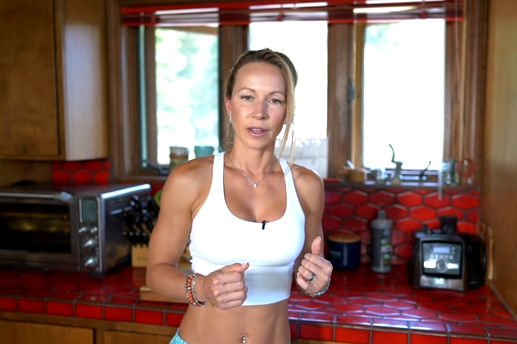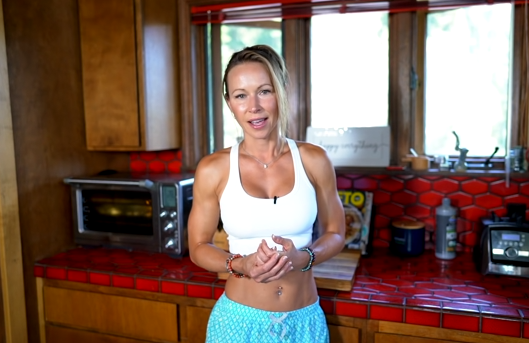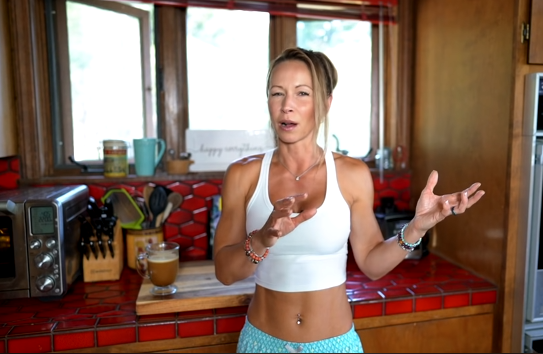
Fasting and eating are two of the most fundamental aspects of my daily routine, but over the years, they have evolved into something deeper than just meeting physical needs. They have become rituals that shape my mental clarity, emotional balance, and overall health. People often ask me how I fast and what I eat, curious if there is a secret or a trick. The truth is, it’s a simple yet thoughtful process that reflects patience, discipline, and care for my body.

Why I Chose to Fast
I wasn’t always someone who practiced fasting. Like most people, I grew up with the traditional three meals a day — breakfast, lunch, and dinner — sometimes with snacks in between. It wasn’t until I started feeling sluggish, bloated, and mentally foggy that I began questioning my eating habits. After some research and lots of trial and error, I discovered the idea of intermittent fasting.
Fasting, I learned, gives the body time to rest from the constant digestion of food. It allows for cellular repair, better hormone regulation, and improved energy levels. What fascinated me most was how fasting could help improve mental clarity and focus, something I desperately needed. So, I made a decision: I would try fasting and see how it felt.

My Fasting Window
Today, I follow a 16:8 intermittent fasting routine most days. This means I fast for 16 hours and eat during an 8-hour window. Typically, my fasting window is from 8 p.m. to 12 p.m. the next day. In other words, I skip breakfast, and my first meal is around noon.
During the fasting window, I only consume water, black coffee, or herbal teas. No calories, no sweeteners. In the beginning, it was tough — especially in the mornings when I was used to eating breakfast. But after a few weeks, my body adjusted, and now it feels completely natural. The mornings are my most productive time, fueled only by water and focus.
What Breaking the Fast Looks Like
When the clock hits noon, I’m ready to break my fast — but I don’t dive into a heavy meal. I start gently, usually with a nutrient-dense food that’s easy to digest. My go-to is a smoothie packed with spinach, avocado, a banana, chia seeds, and a scoop of plant-based protein. This gives me fiber, healthy fats, protein, and just enough natural sugars to energize me without crashing.
Sometimes, if I’m craving something warm, I opt for a bowl of bone broth or a small salad with olive oil and lemon dressing. The key is to start light. After spending 16 hours in a fasted state, the digestive system needs to be awakened gently.

My Main Meals
After my light break-fast, I wait another hour or so before having my main meal of the day. I focus on whole foods, aiming for a balance of lean protein, healthy fats, and complex carbs. A typical plate might include grilled chicken or salmon, quinoa or sweet potatoes, and a mountain of roasted vegetables — think broccoli, carrots, and zucchini.
I don’t shy away from healthy fats. Avocados, nuts, seeds, and olive oil are all staples in my diet. They not only keep me full but also support brain health, which is important to me.
I also make sure to include fermented foods like kimchi, sauerkraut, or yogurt to support gut health. A healthy gut is deeply connected to energy levels, immune system strength, and even mood.
Snacking (If Needed)
Depending on how I feel, I sometimes include a small snack between meals during my eating window. This could be a handful of almonds, a boiled egg, a piece of dark chocolate, or some fresh berries. I listen to my body: if I’m genuinely hungry, I eat. If not, I let it be.
One important lesson I’ve learned through fasting is to distinguish between true hunger and emotional eating. Often, we reach for snacks out of boredom, stress, or habit, not real physical need. Fasting helped me become more mindful of these impulses.
Hydration is Key
Throughout both fasting and eating windows, hydration is non-negotiable. I drink about 2–3 liters of water a day. Adding a pinch of sea salt to my water occasionally helps maintain electrolyte balance, especially on hotter days or when I’m more active.
I also enjoy herbal teas like peppermint, chamomile, and ginger tea, which aid digestion and keep me feeling refreshed without breaking the fast.

Treats and Flexibility
While I eat clean most of the time, I firmly believe that food should also bring joy. Life is too short not to savor a slice of pizza or enjoy a piece of cake at a birthday party. I follow an 80/20 rule: 80% of the time, I stick to whole, nourishing foods, and 20% of the time, I allow myself to indulge without guilt.
On weekends or special occasions, I might extend my eating window or skip fasting altogether. Flexibility is crucial for sustainability. Fasting and healthy eating should enhance life, not become a rigid prison.
The Benefits I’ve Seen
Since adopting this fasting and eating pattern, the changes I’ve experienced are profound:
- Energy: I no longer have afternoon crashes. My energy feels steady throughout the day.
- Focus: Mornings are my peak productivity time.
- Mood: I feel calmer and less irritable.
- Body Composition: I’ve lost excess weight and gained lean muscle.
- Appreciation for Food: Fasting made me appreciate every meal more deeply.
But perhaps the most beautiful thing fasting taught me is patience — with my body, with my hunger, with my cravings. It made me realize that I don’t need to react to every urge instantly. I can pause, breathe, and listen to what my body truly needs.

Final Thoughts
This is how I fast and eat — not as a quick fix, but as a lifestyle built on listening to my body, honoring its needs, and treating it with kindness. It’s a system that works for me, but it’s not a one-size-fits-all solution. Everyone’s body, goals, and lifestyles are different.
If you’re considering fasting, I encourage you to start slowly, experiment, and most importantly, be gentle with yourself. Fasting and eating should empower you, not punish you. At the end of the day, it’s not just about when you eat or what you eat — it’s about building a relationship with food that nourishes your entire being.


